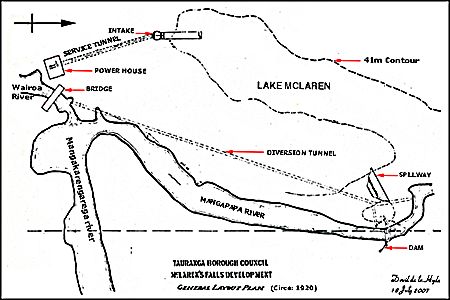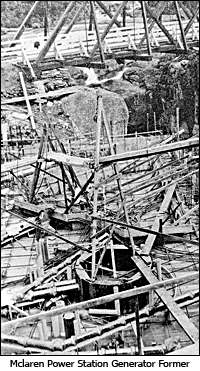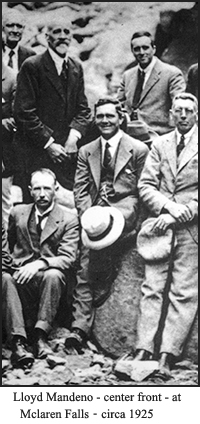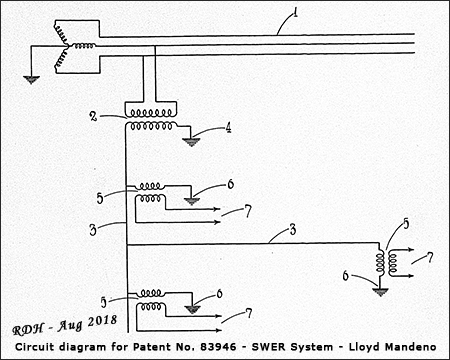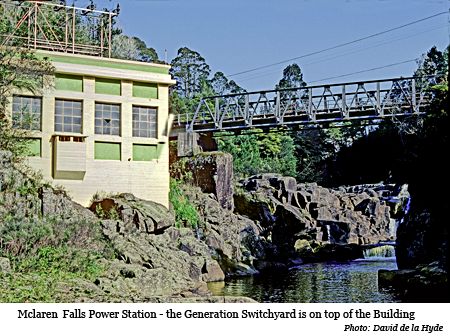
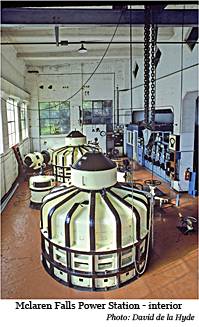
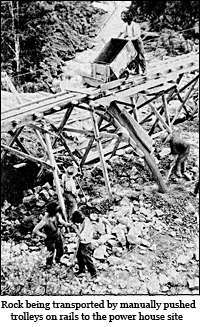
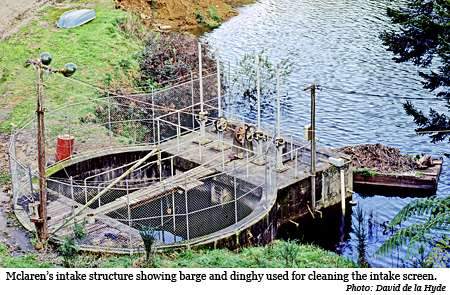
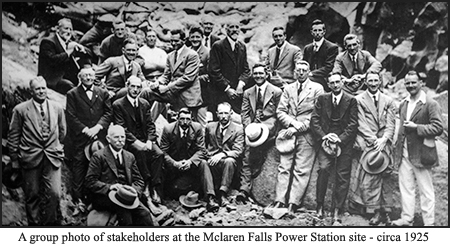
The McLaren Falls power station, was decommissioned in 1989. A bypass was later installed to allow the continued release of recreational flows into the Wairoa River on set days each year. This facilitates activities such as rafting and canoeing.
An interesting paper on the McLaren Falls Hydro-Electric Power Scheme, delivered in Christchurch to the New Zealand Society of Civil Engineers, on Thursday the 21st of February 1929 by Mr LLOYD MANDENO, A.M.I.E.E. can be found below:
McLaren Falls Hydro-Electric Power Scheme - PDF document (2,955 kB)
Below is a PDF file containing a selection of photos from a photo album held by the Tauranga City Libraries. They contain images of the development of Mclaren Falls Power House, Lake, Dam and Spillway. Also included are a few relating to the Omanawa Power House.
McLaren Falls Hydro-Electric Power Scheme Photos - PDF document (5,593 kB)
RURAL SWER - TAURANGA - WORLD FIRST
The original telegraph lines used two wires between the two stations to form a complete electrical circuit or "loop".
In 1837 Carl August von Steinheil of Munich, Germany, found that by connecting one leg of the apparatus at each station to metal plates buried in the ground, he could eliminate one wire and use a single wire for telegraphic communication.
On 17 August 1858 he was awarded a prize of 400,000 francs for his invention and Morse was awarded a similar prize for his telegraph system.
The first trans-Atlantic telegraph cable was a single wire earth return (SWER) system.
In 1925, utilising the increased supply from the commissioning of Mclaren Falls Power Station, and the formation of the Tauranga Electric Power Board, Lloyd Mandeno instigated the installation of SWER High Voltage systems to deliver power to isolated farms and other customers.
In Lloyd Mandeno's own words in his address in 1947:- "So far as he was aware the Tauranga scheme was the first rural supply in any country in which the system had been adopted."
Thus after a further 60 years, with no evidence to the contrary, it appears reasonable to state that these were the Worlds first Single Wire Earth Return High Voltage Power Supply Systems for isolated rural customers.
RURAL POWER SUPPLY, ESPECIALLY IN BACK COUNTRY AREAS - Lloyd Mandeno - 1947 - (1,770 kB)
